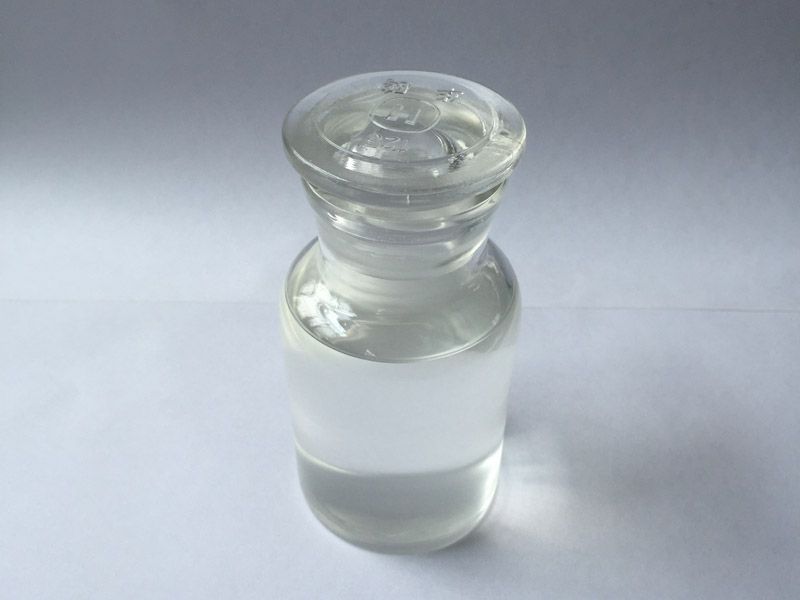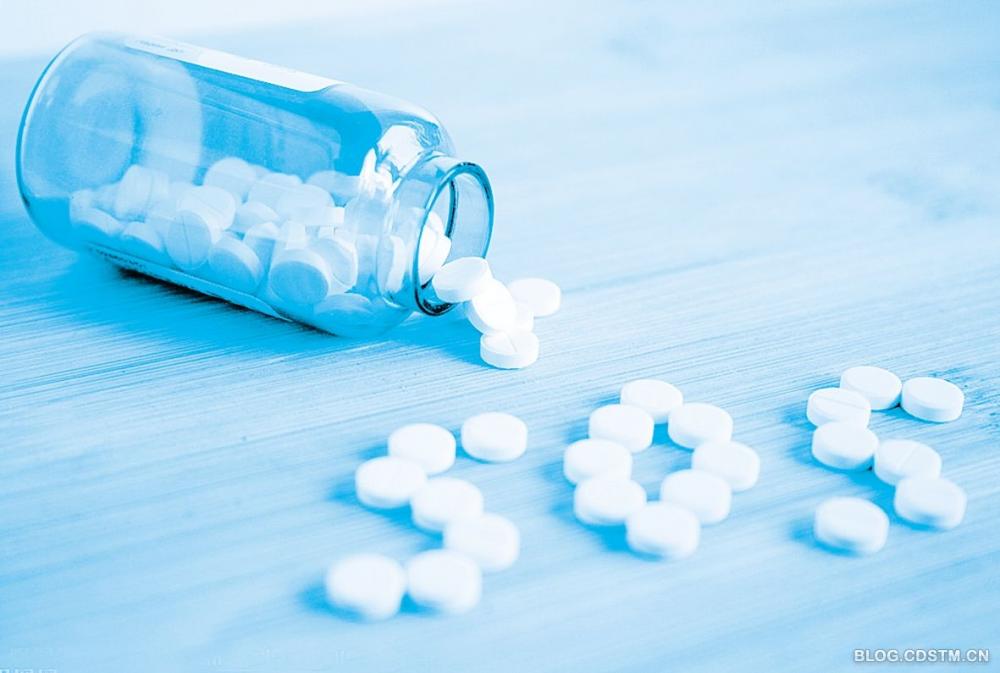The uses of Glycerin are very extensive. According to a survey of publications, 1,700 uses have been identified. 1.Industrial use (1)Used to manufacture nitroglycerin, alkyd resin and epoxy resin. (2)In medicine, used to make a variety of preparations, solvents, hygroscopic agents, antifreeze and sweeteners, preparation of topical ointment or suppository. (3)It is used to make various alkyd resins, polyester resins, glycidyl ethers and epoxy resins in coating industry. (4)It is used in textile and printing and dyeing industry to make lubricant, moisture absorber, fabric wrinkle-proof shrinkage treatment agent, diffusion agent and penetrating agent. (5)It is used in food industry as sweetener, hygroscopic agent and solvent of tobacco agent. (6)In the paper, cosmetics, tanning, photography, printing, metal processing, electrical materials and rubber and other industries have a wide range of uses. (7)Used as automobile and aircraft fuel and oil field antifreeze. (8)Glycerol can be used as a plasticizer for the new ceramic industry.

2.Daily Use (1)In the fruit juice, fruit vinegar and other beverages in the application: glycerol can quickly decompose fruit juice, fruit vinegar drinks in the bitter, astringent odor, enhance the juice itself taste and aroma, bright appearance, sweet and sour taste. (2)Application in fruit wine industry: it can decompose the tannin in fruit wine, improve the quality and taste of wine, and remove the bitter and astringent flavor. (3)The use of cured products, jerky, sausage: in the processing and production, the plant refined glycerin diluted with more than 50 degrees of pure grain wine, evenly sprayed on the meat or cut meat, fully rubbed or stirred, can lock the water, moisturizing, to achieve the effect of weight gain, to extend the shelf life. (4)The use of dried fruit industry: dried fruit in the processing of production, glycerin can lock water, moisturizing, inhibit tannin anisotropic proliferation, to achieve color protection, freshness, weight gain effect, to extend the shelf life.
(5)Glycerin can be used as a food Additive.In the European Union, glycerin can be used in food processing, the additive code is E422. Glycerin is rarely used as a sweetener on its own, but is often used as a moisturizer, such as adding glycerin to a cake to reduce evaporation of water, or as a thickener and so on.Organic substances such as Sorbitol and Sodium Gluconate can also be used as food additives
3.Field Use In the wild, glycerin can not only be used as an energy-supplying substance to meet human needs. It can also be used as a fire-starting agent, the method is: in the combustible under the pile of 5 to 10 grams of potassium permanganate solid, and then pour glycerin on the potassium permanganate, about half a minute there will be a fire out of the embers. Because glycerin is sticky, it can be diluted with flammable organic solvents such as anhydrous ethanol beforehand, but the solvent should not be too much. 4.Medicine (need to seek professional medical advice) (1)Stabilize blood sugar and insulin Experimental evidence shows that replacing high-calorie carbohydrates with glycerin can avoid the negative consequences of eating large quantities of cookies or cakes. Taking large doses of glycerin has little to no effect on blood sugar and insulin levels. If your goal is to reduce your carbohydrate intake, glycerol may be an ideal glycogen. (2)Energy acids Some scientists also emphasize that glycerol is also a good supplement if you want to perform better on the sports field. The reason for this is that when you are well hydrated in your body, your physical performance is stronger and longer lasting. Especially in hot environments, glycerin's strong water retention properties help your body store more water. The results of an experiment showed that under sub-extreme exercise loads, glycerin not only reduces the heart rate of exercisers, but also extends the duration of exercise by 20%. For people who do intense physical training, glycerin may give them a better performance. For bodybuilders, glycerin may help them transfer water from the surface of the body and under the skin to the blood and muscles.

5.Plants Use According to new research there are plants that have a layer of glycerin on their surface that allows them to survive in saline soil. Extended information: Safety Risks (1)Glycerin may explode if mixed with strong oxidizing agents (e.g., chromium trichloride, potassium chlorate, potassium permanganate). In dilute solutions this reaction rate is low and several oxidation products are produced. Glycerin turns black when there is light or contact with alkaline bismuth nitrate or zinc oxide. (2)If there are iron contaminants mixed in, it will cause a mixture containing phenol, salicylic acid, and denisic acid to turn black in color. Glycerol forms a borate complex (glycerol borate) which is more acidic than boric acid. (3)Oral toxicity in mice LD50=31,500mg/kg. intravenous administration LD50=7,560mg/kg. (4)Danger of ignition and explosion, combustible, irritating.
